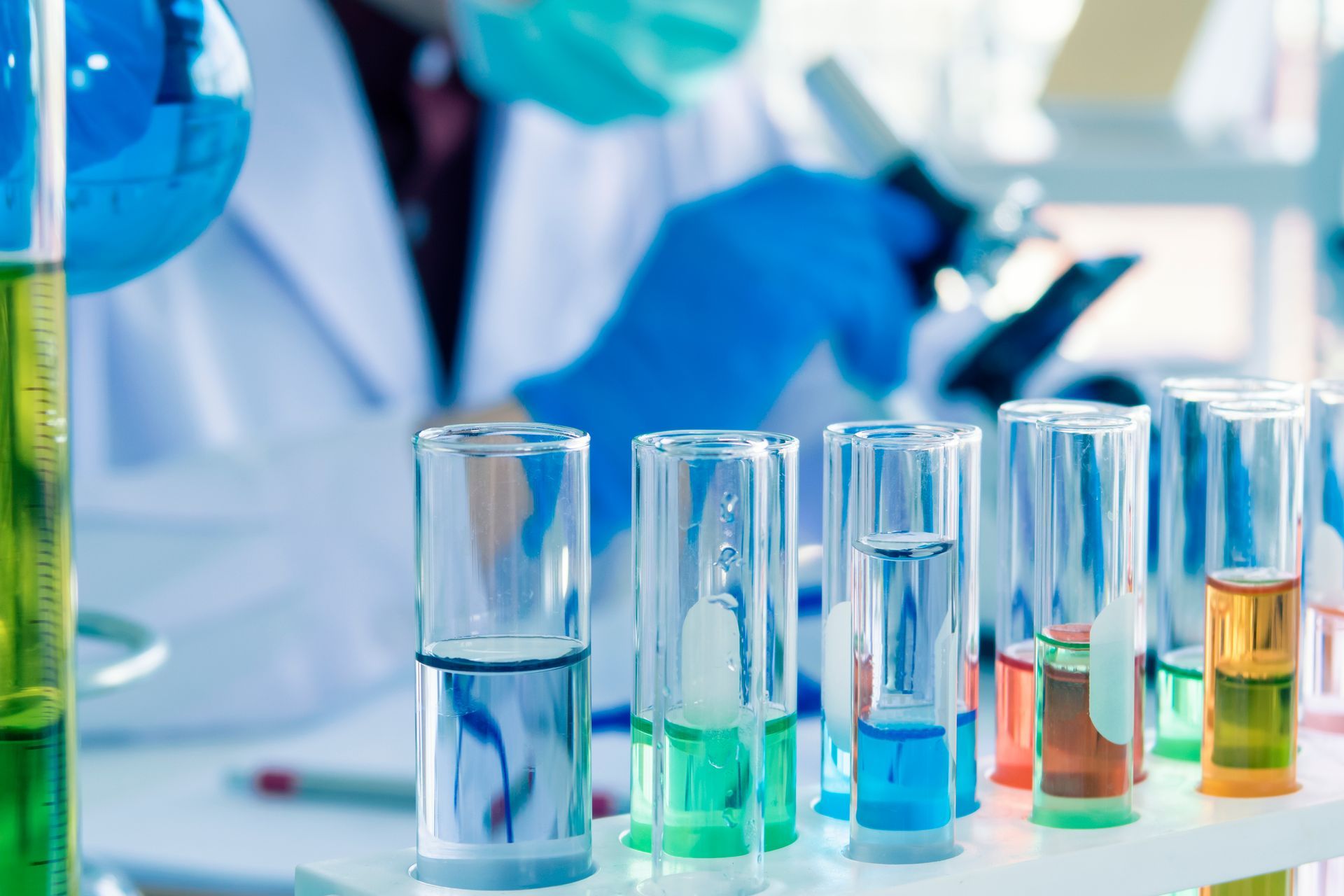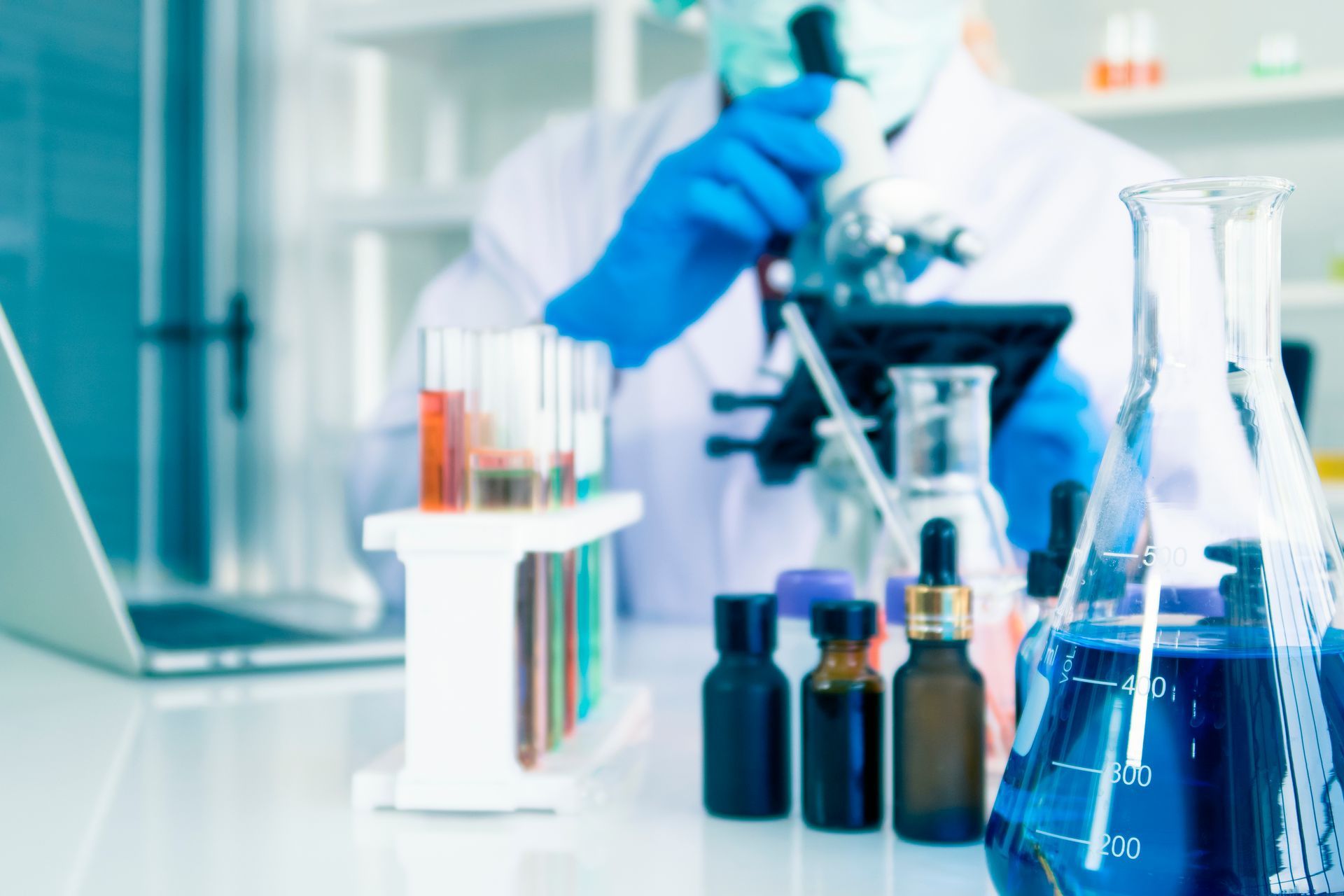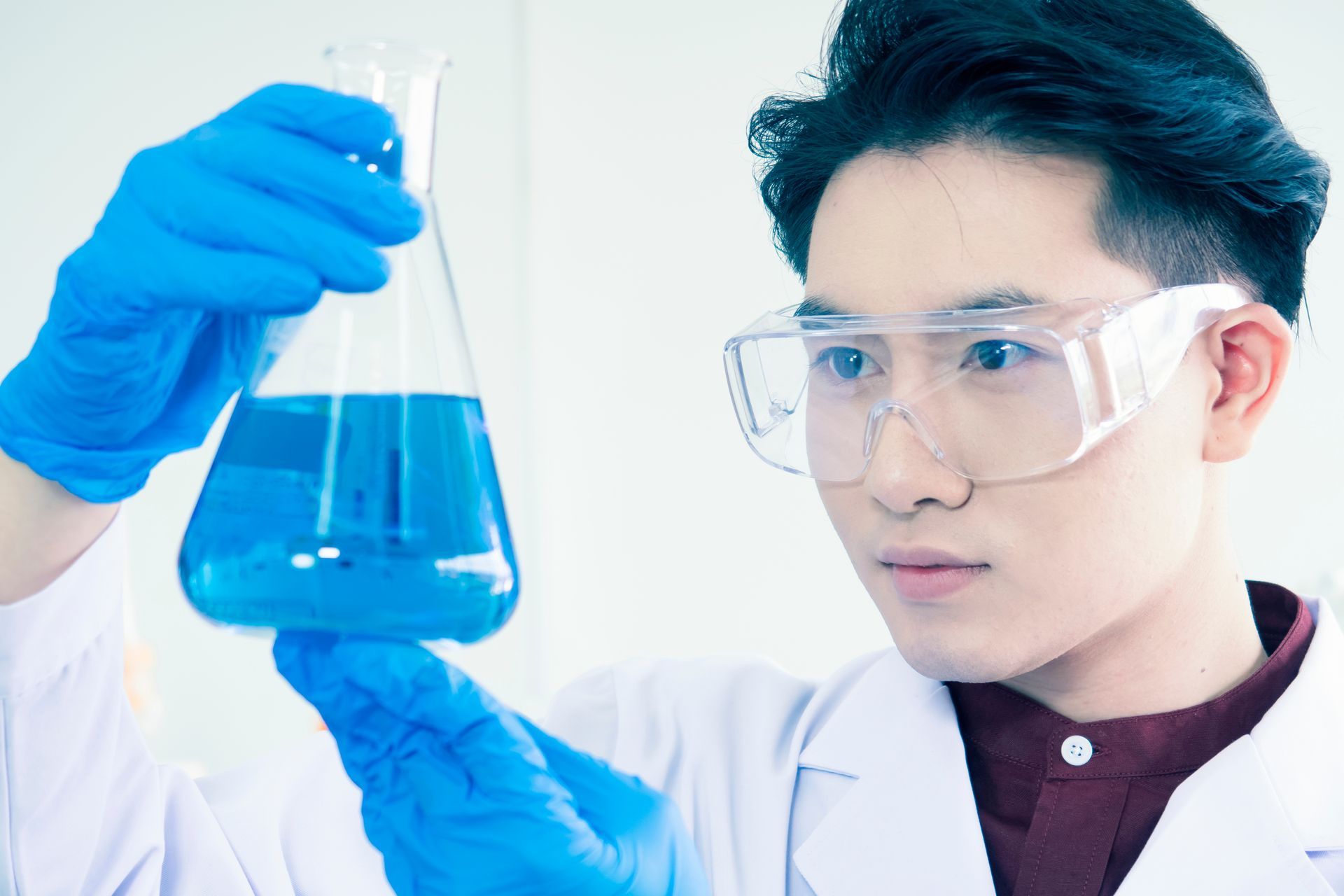12 Principles of Green Chemistry
January 31, 2024
Written by: Vertec BioSolvents

Chemistry creates possibilities, allowing organizations across virtually every industry to work more safely, efficiently, and effectively. Unfortunately, the production and use of chemicals can also have serious impacts on local and global communities. From contributing to unsafe water and air conditions to causing catastrophic accidents, chemical processes have the potential to do significant harm to people and the planet.
Green chemistry presents a solution to the problems presented by traditional chemical processes and products. In this post, we describe the 12 principles of green chemistry and explain why they're so important to creating a safer and more sustainable world. We also explore how green solvent technology contributes to this eco-friendly chemistry movement.
What Is Green Chemistry?
Green chemistry is an approach to chemical processes that focuses on reducing and preventing pollution. It involves finding alternative reaction media and developing sustainability programs that minimize the negative impacts that chemicals can have on the environment and human health.
The concept of green chemistry has existed for several decades, but it has become an increasingly urgent shift. The effects of pollution have become more severe, inspiring organizations around the world to revolutionize their approach to chemical production. Following the principles of green chemistry is central to the effort to reduce risks and minimize environmental impacts.
Unlike remediation efforts, which aim to remove hazardous materials that are already present, green chemistry seeks to prevent them from entering the environment in the first place. For that reason, it's relevant in all areas of chemistry and addresses both existing products and processes as well as new developments in the industry.
One important component of this type of chemistry is designing chemical products and processes that allow users to move away from hazardous substances. For example, green solvents have many benefits compared to traditional solvents. They're eco-friendly, non-toxic or low toxicity, and sustainable.
The 12 Principles of Green Chemistry
In their book,
Green Chemistry: Theory and Practice, Paul T. Anastas and John C. Warner outlined a list of principles that chemical companies could implement to reduce their environmental impact. Although they were originally published in 1998, these same principles are still used widely today.
1. Prevention
Preventing waste is a more effective and efficient option than trying to clean up or treat it once a process is already complete. When a chemical process results in waste, it can cause long-lasting damage regardless of how quickly it's addressed. Prevention eliminates that opportunity and is more cost-effective than treatment and removal.
2. Atom Economy
The fewer atoms you waste during a chemical process, the better. Use synthetic methods that maximize the use of starting materials, incorporating as many as possible into the final product so that you waste a small number of atoms.

3. Less Hazardous Chemical Syntheses
Prevent harmful effects on the environment and human health by designing synthetic methods that use and generate substances with little or no toxicity. While toxic substances are unavoidable in certain situations, look for opportunities to find alternate means that achieve the same results.
4. Designing Safer Chemicals
Seek a balance between safety and effectiveness. Design chemical products that have the desired function without posing a risk of adverse effects.
5. Safer Solvents and Auxiliaries
Only use auxiliary substances, including solvents and separation agents, when absolutely necessary. However, these substances are crucial to some chemical processes. When they're needed, opt for safer products, such as Vertec's line of bio-based solvents.
6. Design for Energy Efficiency
Chemical production requires a significant amount of energy, much of which comes from fossil fuels. Minimize the energy requirements for chemical processes. For example, run chemical reactions at room temperature and pressure levels whenever possible.
7. Use of Renewable Feedstocks
Feedstocks, also known as starting materials, are often made from depletable materials, such as petroleum, natural gas, and coal. Shifting to renewable materials helps lower the demand for these limited resources. These feedstocks are often drawn from agricultural products or waste from other processes rather than fossil fuels.
8. Reduce Derivatives
Blocking groups, protecting groups, and short-term modifications to physical and chemical processes typically require excessive reagents and produce unnecessary waste. Avoiding derivatives reduces the need for reagents and limits waste production.
9. Catalysis
To reduce waste, use catalytic rather than stoichiometric reagents. Smaller amounts of catalytics can produce the same effects as larger quantities of stoichiometrics, and they're capable of producing a single reaction multiple times because they aren't consumed during the process. Stoichiometric reagents, on the other hand, can only carry out a reaction a single time.
10. Design for Degradation

Preventing chemical products from accumulating in the environment is essential to minimizing their impact. Design products that will naturally degrade after use. They'll break down into innocuous products that won't have a serious environmental effect.
11. Real-Time Analysis for Pollution Prevention
Monitoring the chemical production process is critical to reducing or eliminating dangerous byproducts. Organizations should continue to develop methods that allow for accurate in-process analysis. This also enables them to maintain control over the formation of potentially hazardous substances.
12. Inherently Safer Chemistry for Accident Prevention
Accidents, including fires, explosions, and unplanned chemical releases, can cause severe damage to human populations and environmental conditions. Carefully choosing substances and their forms, whether solid, liquid, or gas, is vital to reducing risk levels and limiting the number of accidents that occur.
Vertec's Green Solvent Technology in Green Chemistry
At Vertec BioSolvents, we're committed to the 12 principles of green chemistry and their power to create a cleaner, more sustainable industry. Our eco-friendly products play an important part in replacing petroleum-based solvents, which contribute to pollution and unsafe conditions. At the same time, our solvents are designed to be reliable, affordable, and equally effective as the traditional alternatives.
To learn more about our bio-based solvents, reach out to our team of experts. We're happy to answer your questions and help you find the best solvents for your needs.


